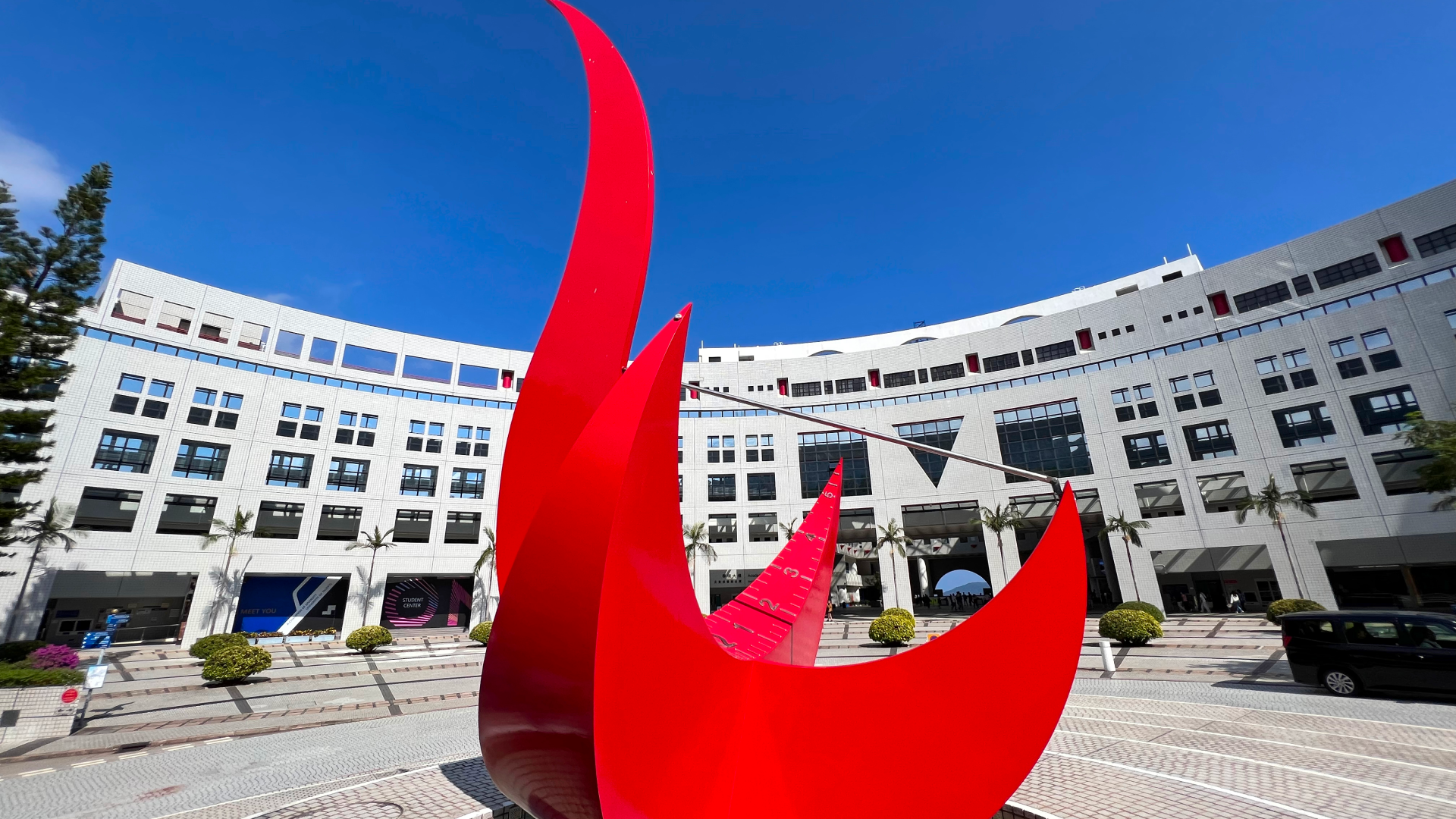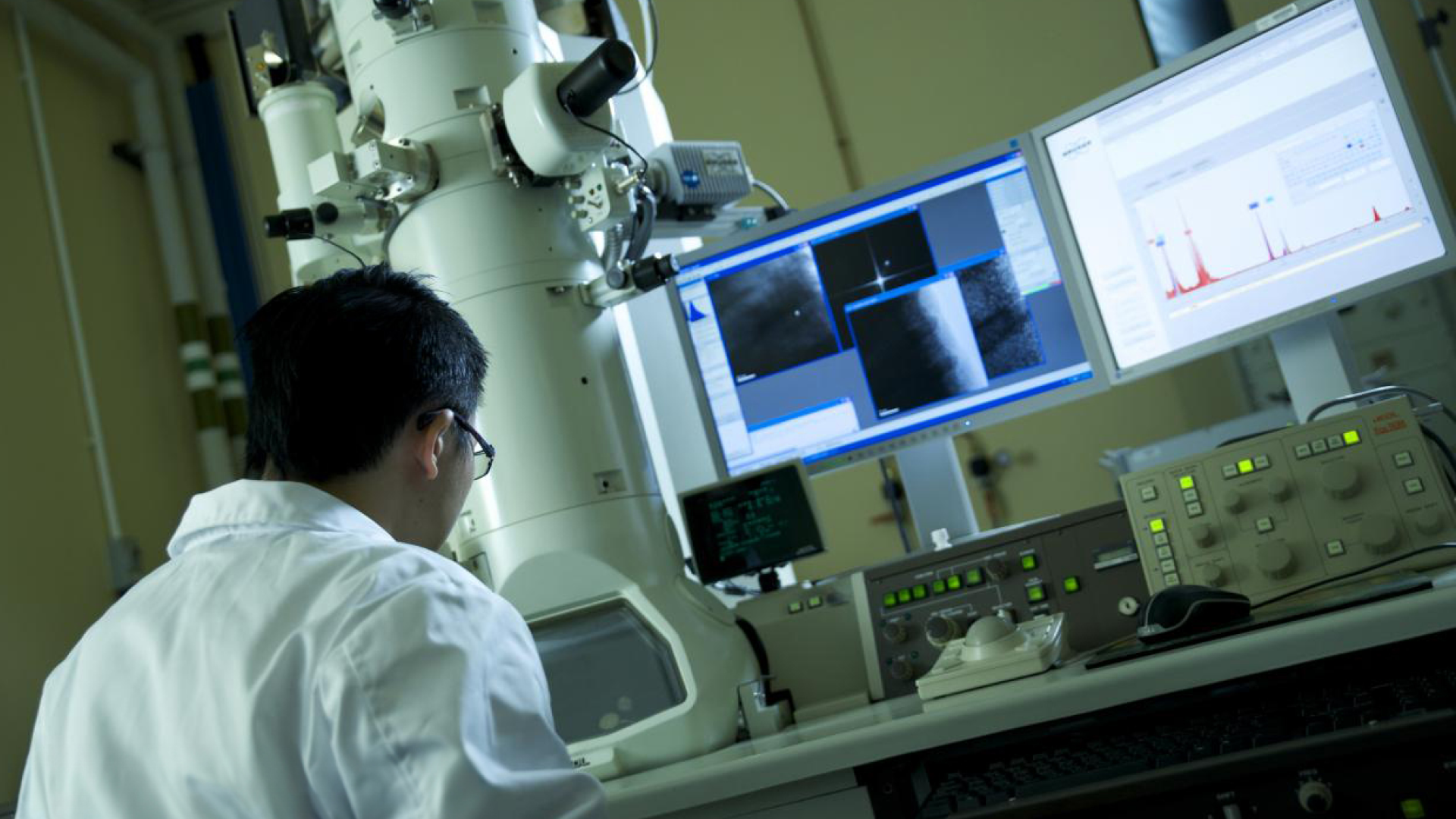News & Stories
2024
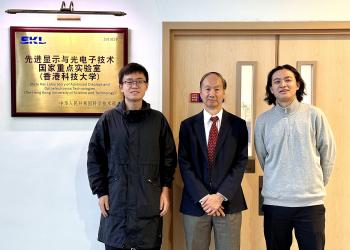
News
HKUST Engineering Researchers Develop World’s First Deep-UV MicroLED Display Chips for Maskless Photolithography
In a breakthrough set to revolutionize the semiconductor industry, the School of Engineering of the Hong Kong University of Science and Technology (HKUST) has developed the world’s first-of-its-kind deep-ultraviolet (UVC) microLED display array for lithography machines. This enhanced efficiency UVC microLED has showcased the viability of a lowered cost maskless photolithography through the provision of adequate light output power density, enabling exposure of photoresist films in a shorter time. Conducted under the supervision of Prof. KWOK Hoi-Sing, Founding Director of the State Key Laboratory of Advanced Displays and Optoelectronics Technologies at HKUST, the study was a collaborative effort with the Southern University of Science and Technology, and the Suzhou Institute of Nanotechnology of the Chinese Academy of Sciences.
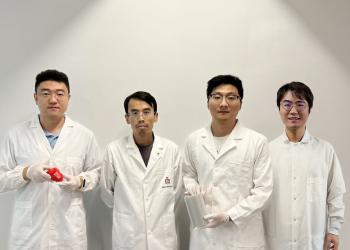
News
HKUST Researchers Introduce Thermal-Electric Aerosol Printer to Make Piezoelectric Biofilms at Unprecedented Speed
A study led by the School of Engineering of the Hong Kong University of Science and Technology (HKUST) has developed a groundbreaking thermal-electric aerosol (TEA) printer that significantly accelerates piezoelectric biofilm manufacturing. Achieving a speed that is two orders of magnitude faster than existing technologies, this innovation paves the way for the industrial-scale production of biocompatible and biodegradable electronics, with medical applications such as ultrasonic energy harvesters for postoperative cardiac patients.

News
HKUST Unveils AI Anchor to Present University Achievements (Chinese Version Only)
隨著AI技術發展一日千里,香港科技大學(科大)繼早前首創亞洲第一批「AI講師」後,再創新猷「聘請」獲學生票選為「最受歡迎AI講師」的Fiona出任科大首位AI主播,肩負報導大學發展、科研成就及重大活動的重任。
這位「AI主播」已於校園電視上亮相,為師生提供一種新穎的方式來了解大學的最新資訊,其他講師亦已陸續加盟主播行列,務求為師生締造新鮮感,並體驗AI科技的威力。
此項計劃由科大環球事務及傳訊處牽頭推動,自AI講師面世以來,團隊便與科大(廣州)計算媒體與藝術學域講座教授及科大新興跨領域講座教授許彬及其學生展開合作,了解「AI講師」的技術及學生反饋,並探索「招攬」他們出任校園主播的可行性。
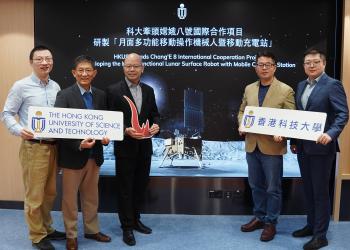
News
HKUST Leads Chang'E 8 International Cooperation Project
The Hong Kong University of Science and Technology (HKUST) announced today its appointment by the China National Space Administration (CNSA) to spearhead an international collaboration project for the Chang'E 8 mission. By uniting global aerospace experts, the HKUST-led team is set to produce a multi-functional lunar surface operation robot capable of dexterous operations with a mobile charging station that promises to make significant contributions to the nation’s lunar exploration initiatives.
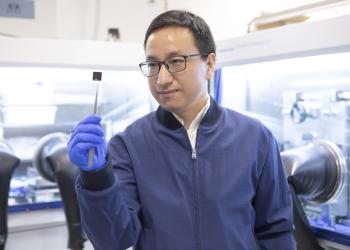
Stories
The Architect of New Materials: Let There Be Better Solar Cells
For many, remaining within the familiar confines of our expertise, or let’s say comfort zone, is the norm, even momentous goals have been achieved. But it is not the case for Professor ZHOU Yuanyuan. He refuses to rest on his laurels and is working hard to expand his research scope. In the face of the challenges of commercializing the promising solar technology, he is never a quitter.In his newly rebuilt laboratory on the HKUST campus, Prof. Zhou, Associate Professor of HKUST’s Department of Chemical and Biological Engineering, who joined the University under the prestigious “30 for 30” talent acquisition campaign, has been leading his team to research new materials, making steady strides towards his goal of popularizing the use of sustainable energy in our daily life.
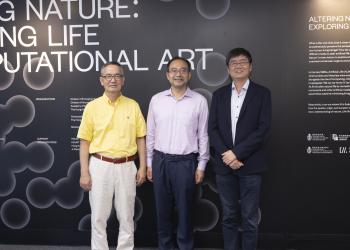
News
HKUST Kicks off for the first Cross Campus Art-tech Exhibition
The Hong Kong University of Science and Technology (HKUST) held the opening of the exhibition “Altering Nature: Exploring Life in Computational Art” on 30 Oct 2024, which is the first art-tech exhibition in collaboration with Academy of Interdisciplinary Studies (AIS) of HKUST and HKUST (GZ).
HKUST Dean of AIS Prof. QU Huamin said, “The University owns our students some art education and Art Tech integrates different components of the University, making it a platform for showcasing the artworks of students and artists.” He expressed hopes that this exhibition would become an annual event, fostering ongoing collaboration between the Hong Kong and Guangzhou campuses.
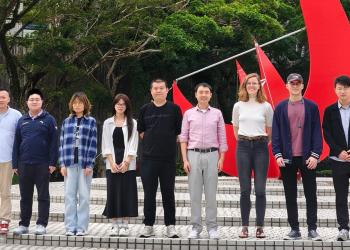
News
HKUST Research Unveiling the Possible Origin of Life from Deep Earth
A collaborative research team led by Prof. Ding PAN, Associate Professor from the Department of Physics and the Department of Chemistry at the Hong Kong University of Science and Technology (HKUST), has made significant progress in studying the abiotic synthesis and stability of biomolecules in C-H-O-N fluids under deep Earth conditions. This research offers new insights into potential locations for the origin of life. The findings have been published online in the Journal of the American Chemical Society*.
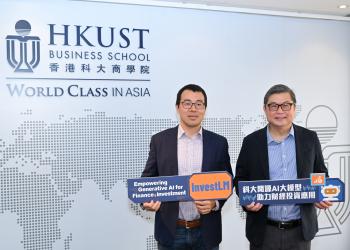
News
HKUST’s InvestLM Generative AI Platform Launches to Support Financial SMEs Harnessing the Potential of AI Technology
Following the successful development of InvestLM — Hong Kong's first open-source large language model (LLM) for financial generative AI (GenAI) applications, the School of Business and Management of the Hong Kong University of Science and Technology (HKUST Business School) has just launched the InvestLM Generative AI Platform, which will be opened for free registration to the financial services industry in phases. The platform is capable of handling finance-related GenAI tasks and generating human-like responses comparable to those of well-known general-purpose chatbots.

